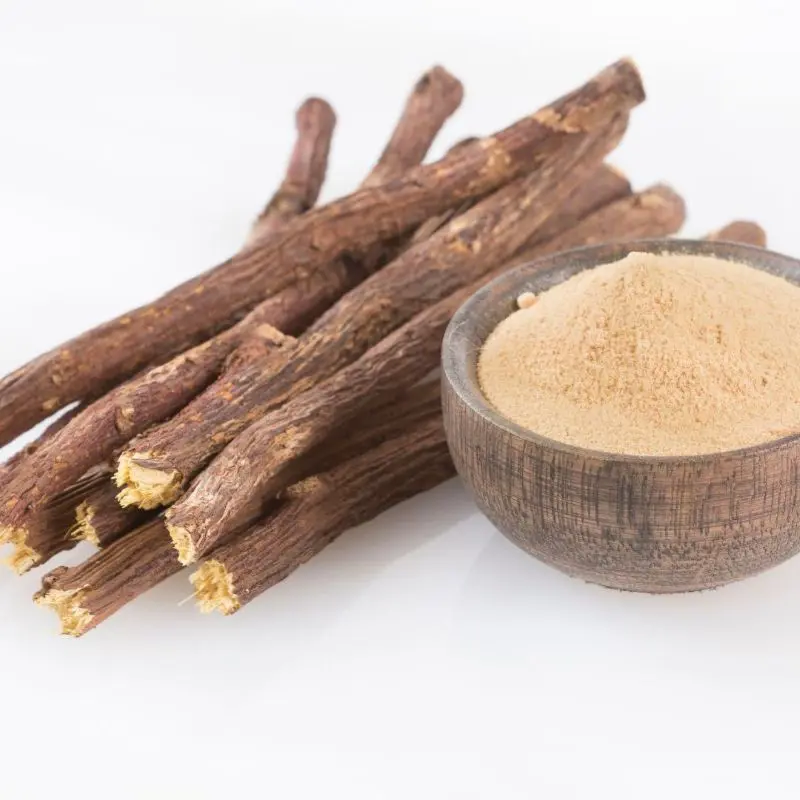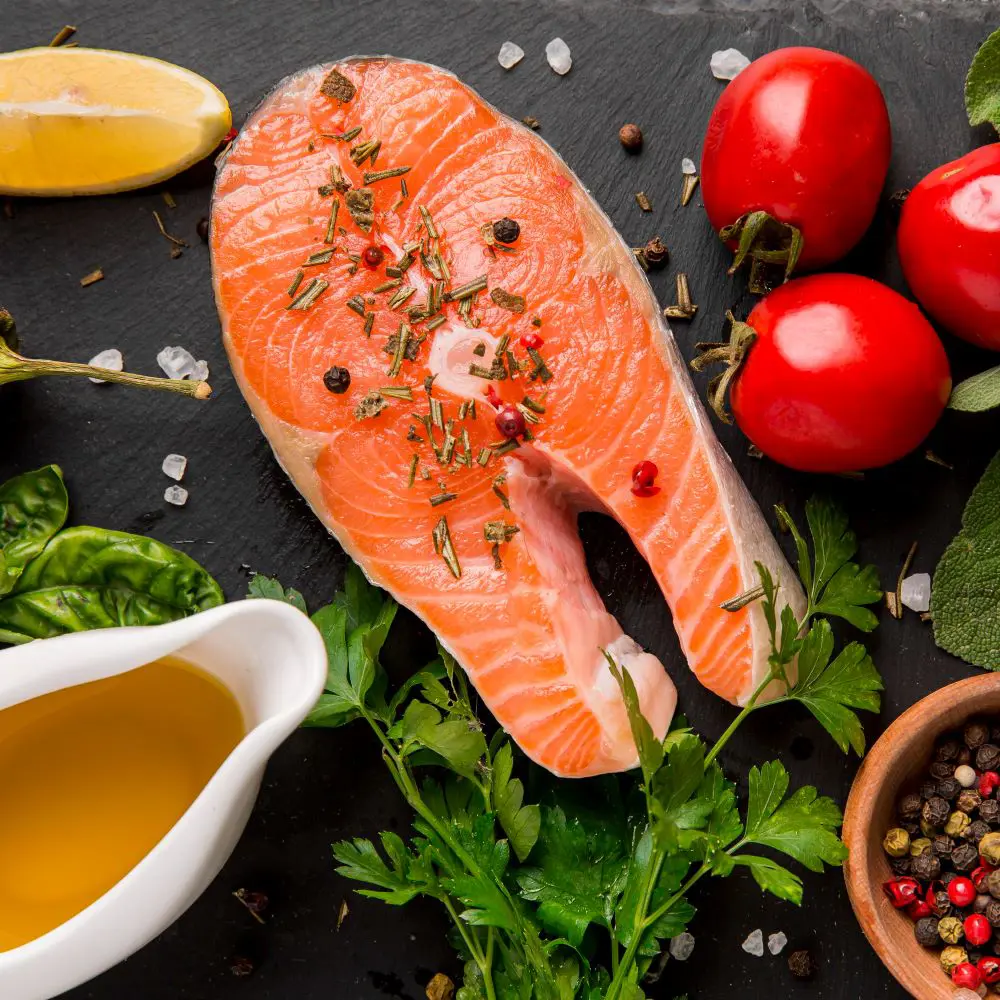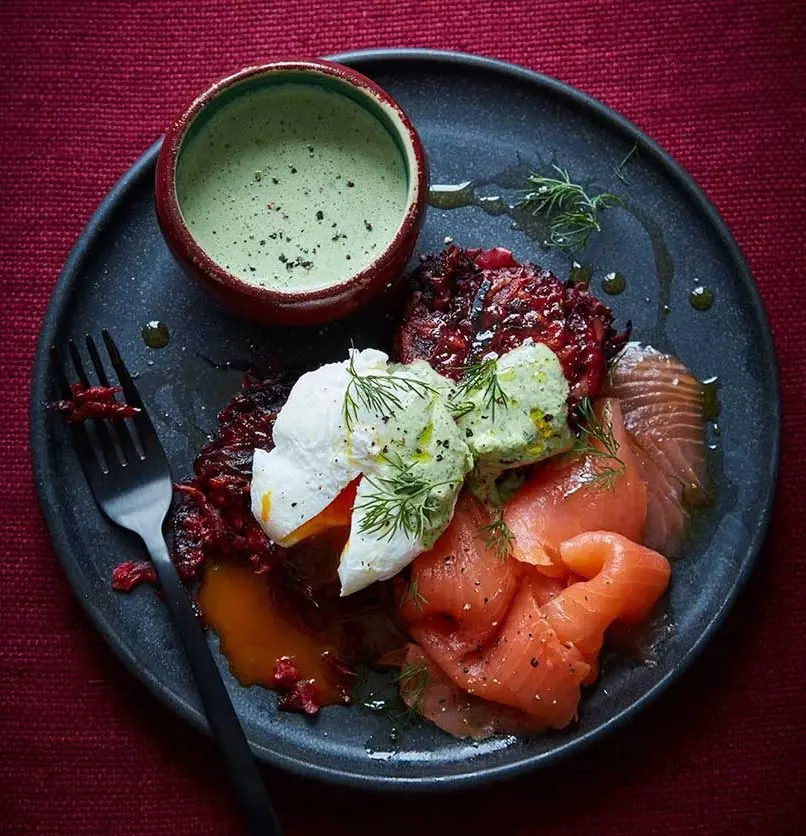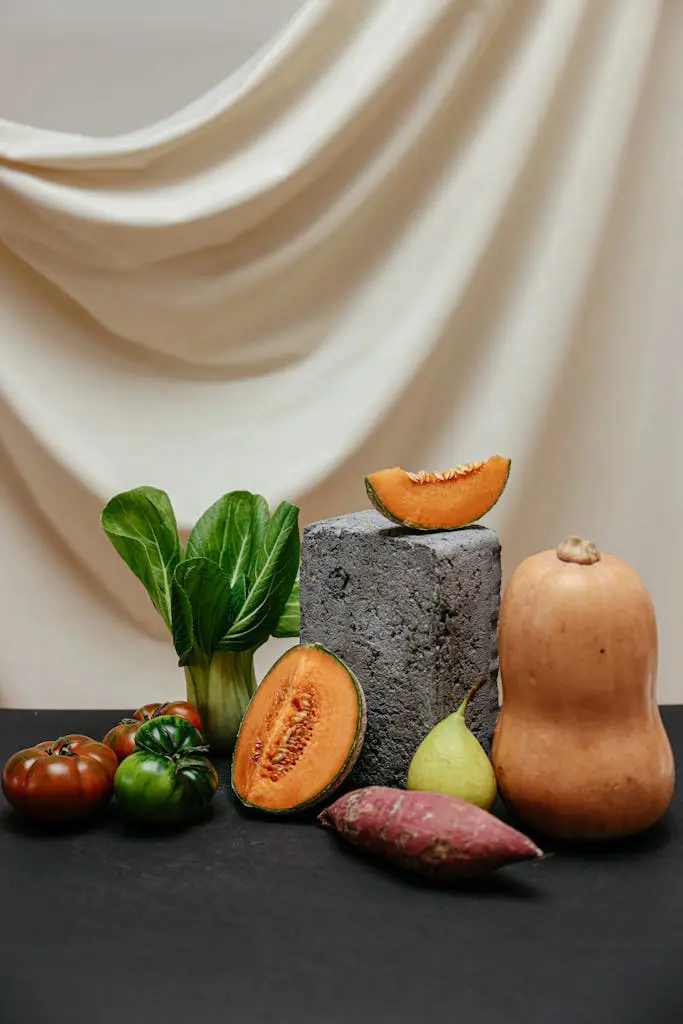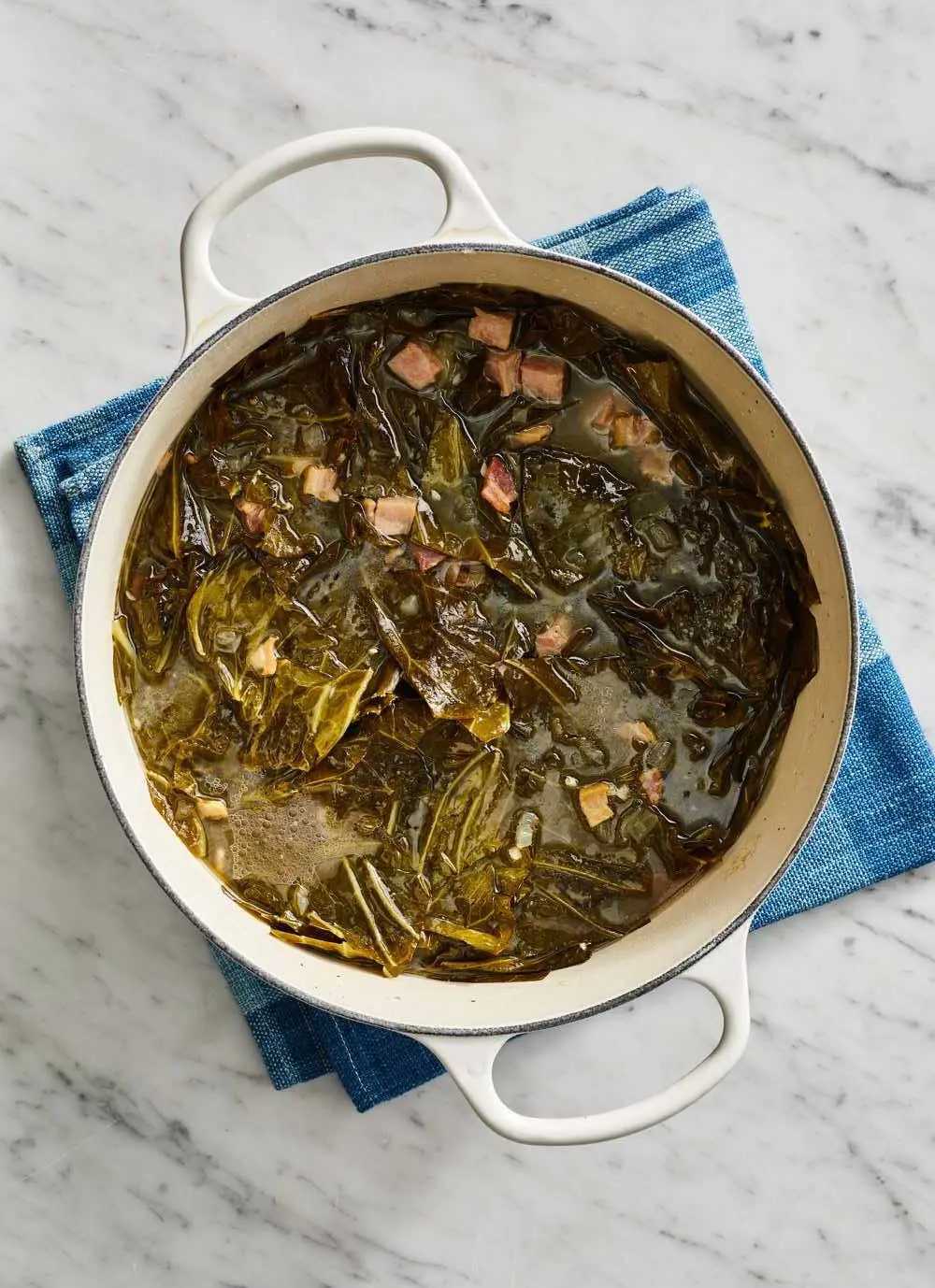11 Types Of Cooking Oils And Their Uses
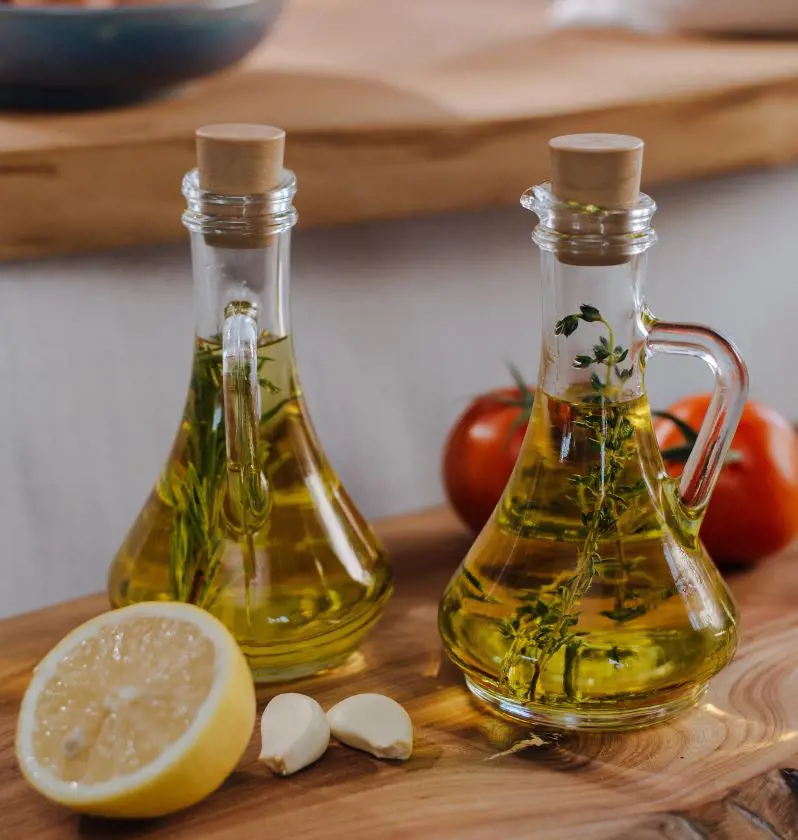
Various oils are available, each with unique flavors, uses, and cooking methods. Some are used raw, while others are ideal for frying and sautéing.
Oils are essential in many dishes, from frying to roasting dishes. When choosing oil, consider factors like heat tolerance and processing methods to preserve nutrients.
Here, we discuss different types of cooking oil and their uses.
1. Olive Oil
Olive oil is derived from the juice of fresh olive fruit and is commonly used as an ingredient in many of Mediterranean cuisines.
It is better suited for drizzling on salads, pasta, or other meals that are prepared at lower temperatures.
Besides cooking, these oils are used in cosmetic and beauty products. They can treat your dry skin providing long-lasting moisture and a radiant glow.
Due to their anti-inflammatory characteristics, these are also useful in treating inflammation and other skin problems like acne and blackheads protecting you from dirt and impurities.
2. Sesame Oil
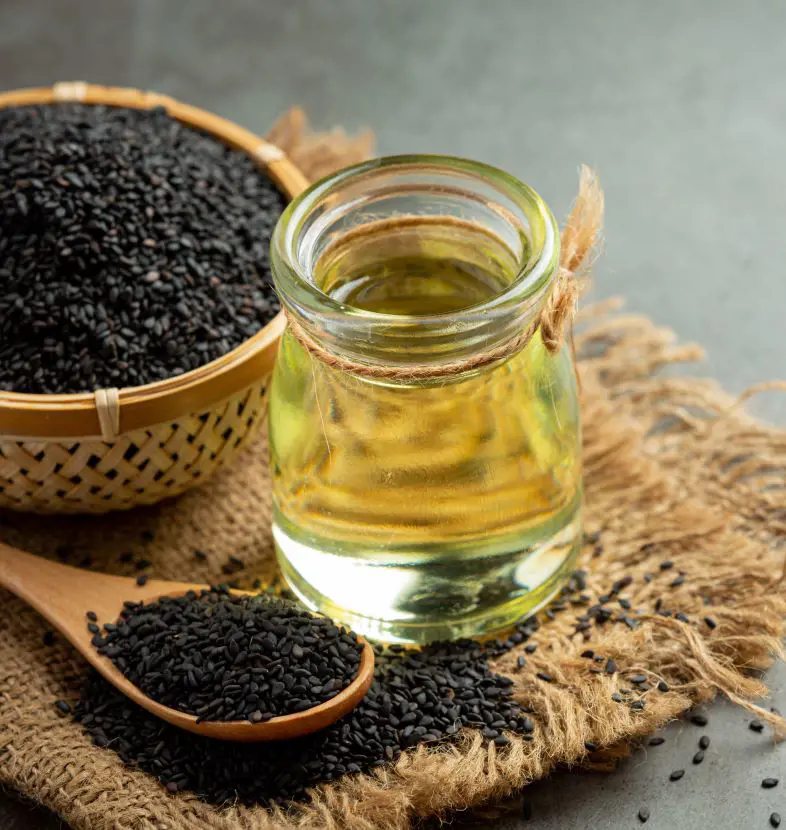
Sesame oil is made from raw or pressed seeds of it. Roasted sesame oil has a high burning point, which makes it a great ingredient for frying and high-heat cooking.
It imparts an intense nutty flavor when cooked at high temperatures. Even though this type of cooking oil is commonly used in Indian-style dishes, it also pairs well with sauces, stir-fries, and salad dressings.
Sesame is a heart-healthy lubricant as it holds anti-inflammatory properties that have the potential to avoid the risk of cardiovascular disease.
3. Peanut Oil
Peanut oil has become a broad category of cooking oil because of its nutty flavor and amazing taste. One of the important features of this oil is, that it does not absorb the flavor of other foods cooked in the oil.
This oil has a high smoke point and is capable of tolerating high heat temperatures. Due to this, it works great with all kinds of cooking including frying and stir-frying.
Unrefined peanut oil is a good source of antioxidants, vitamin E, and phytosterols. And these have been found to protect against certain types of cancer such as breast, colon, and prostate cancers.
4. Canola Oil

Canola oil comes from rapeseed belonging to the mustard family. It is one of the healthiest oils containing the lowest amount of saturated fat and is also ideal for making a wide range of healthy delightful dishes.
Some studies have shown that it can lessen the risk of coronary heart disease if used instead of other fat sources in the diet.
Although canola is edible oil, it is also employed in industrial as well as commercial purposes. It is mainly used in making environmentally friendly paints, inks, plastics, soaps, and other cosmetics products.
5. Sunflower Oil
Sunflower oil comes from the seeds of the flowering plant that has a pale yellow color with a completely neutral flavor. And this neutral taste makes it a versatile lubricant for both sweet and savory dishes.
Nevertheless, deep frying is not recommended with this oil since it starts to break down and produce smoke when heated to high temperatures.
Sunflower seeds are high in oleic acid which can be used as a source of polyunsaturated fat in the diet. People with high cholesterol and high blood pressure are suggested to apply this oil.
6. Red Palm Oil
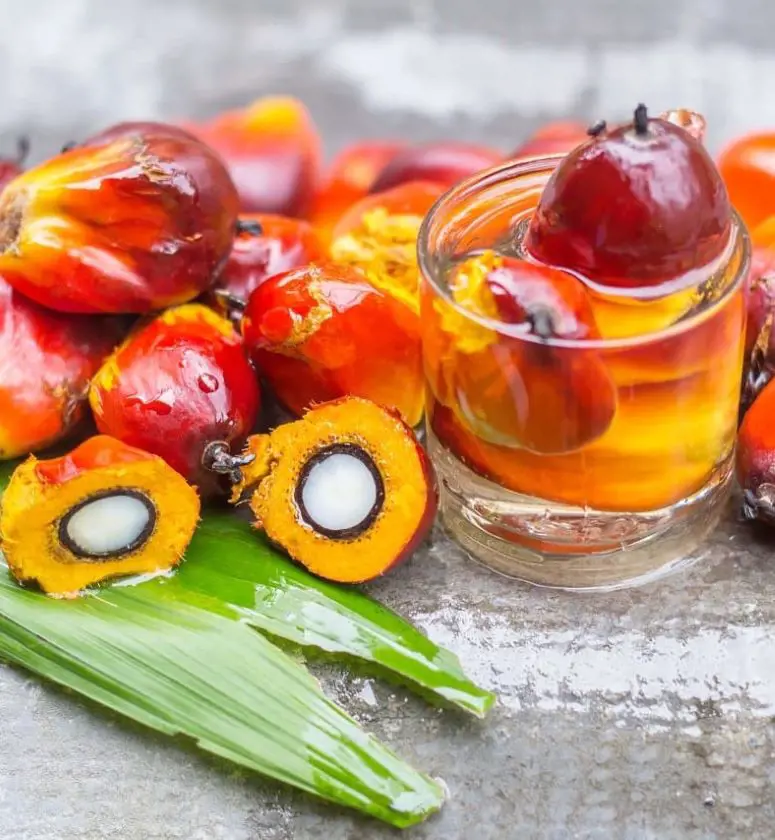
Red palm oil is one of the cooking oil types extracted from the fruit of the palm tree. It has been an important staple of West African dishes for thousands of years.
Unlike refined palm oils, it is not harmful and offers many health benefits compared to them. It contains a high amount of health-promoting compounds including vitamins A and E.
Red palm is a nutrient-rich culinary oil that has a high smoke point. Its mild and floral flavor makes it an excellent addition to baking and cooking.
7. Soybean Oil
Soybean is a healthy cooking oil that is mostly available in refined, cold-pressed, or even organic versions. Among these, cold-pressed are made without applying any heat.
The high temperatures can break most of the nutrients in the oil and it will become difficult to retain their natural compounds.
Soybean is healthier than other solid fats but unlike olive and red palm, it does not provide benefits of monounsaturated fats.
8. Walnut Oil
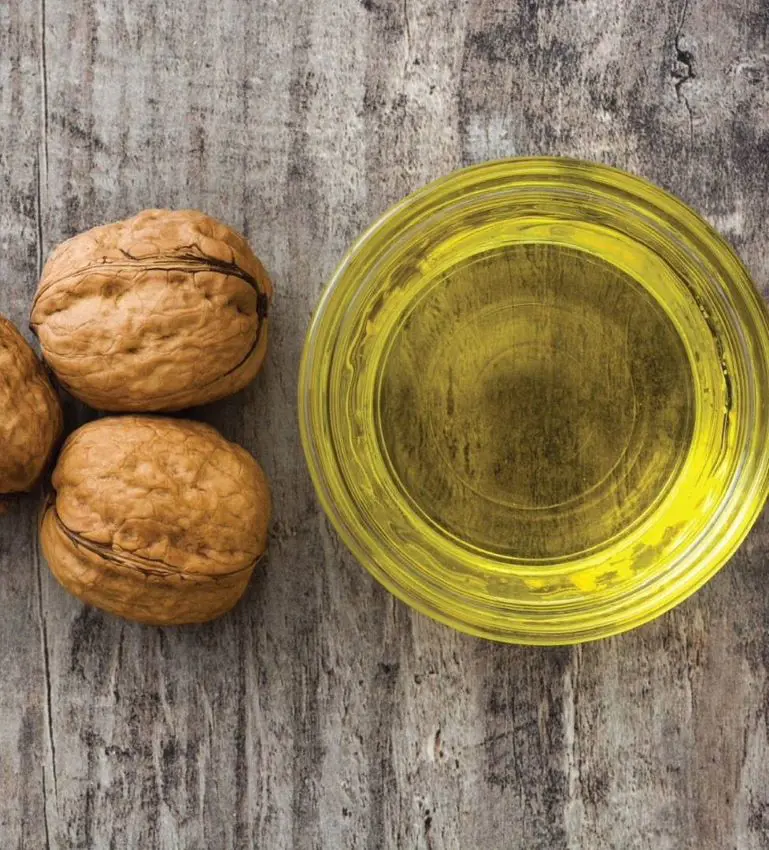
Walnut can be a great oil option for food enthusiasts because it is a versatile and flavourful ingredient that provides a unique twist to the meals.
This oil is known for its distinct earthy and bitter flavor profile which will add depth and complexity to your foods.
Walnut oil contains multiple health-promoting bacteria that can promote your healthy gut. Regular consumption of it can be beneficial for digestion and absorption.
9. Avocado Oil
Avocado oil comes under different types of cooking oil that has a much higher smoke point than any other, making it one of the trendy cooking oils for several years.
It means you can use it in any dish without worrying about affecting the overall nutrients.
Similar to extra virgin olive, it is more versatile in recipes with a mild grassy flavor. It is mostly used in dishes that require grilling, boiling, or high-heat roasting.
10. Coconut Oil
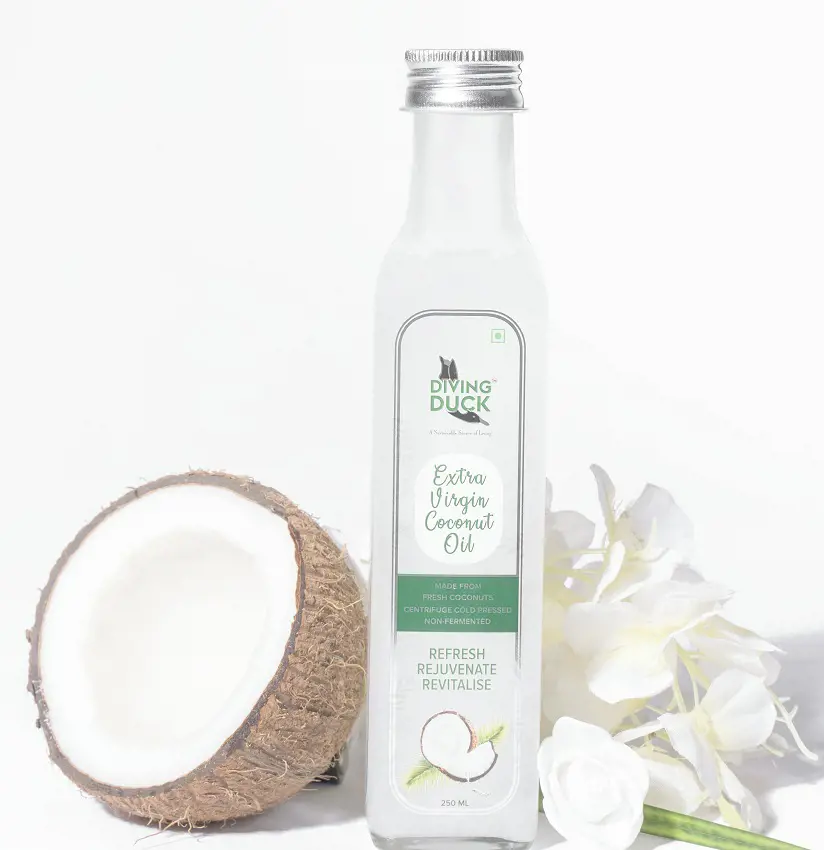
Coconut oil is generally solid at room temperature but transforms into melted liquid when exposed to heat. It has a relatively low smoke point due to which it may not be suitable for all types of cuisines.
One of the drawbacks of this oil is it contains more amount of saturated fats (nearly 92%) than many of the other oils discussed above.
Using them in prolonged frying recipes can lead to the production of harmful substances that can affect your heart and liver health.
11. Vegetable Oil
Vegetable oils are the most common lubricant used for cooking. It is commonly made from a blend of different refined vegetable-based oils including soybean, rapeseed, sunflower, or canola.
However, the majority of vegetable oils are prepared with almost entirely soya seeds. It is suitable for baking and single-use frying. Since it is refined, it also allows you to cook meals at high temperatures.
These are derived using chemical solvents and may contain various additives such as anti-foaming agents. This prevents hot oil from bubbling when it is added to frozen foods.
Recent posts
Nutrition
Nutrition
Licorice Root: Benefits And Uses
You can spell it liquorice or licorice; this herb or root has been in use for centuries in most medicinal applications, as a natural sweetener and to enhance flavors. Regarding its origins, it comes from the root of the "Glycyrrhiza galbre" plant and...
Nutrition
Is Salmon Good For You? Nutritional Facts and Benefits
Salmon fish is a staple diet throughout the world, popular as a super food for its nutrients. Whether savored in sushi, poached, grilled, roasted, or pan-fried, salmon offers minerals and vitamins that contribute to healthy bodily functions. In addit...
Nutrition
25 Smoked Salmon Recipes That You Will Enjoy
Salmon is a silver-colored fish that is loaded with many nutrients, vitamins, and omega-3 fatty acids. Smoked Salmon is better for improving your health and reducing the risk of cancer, heart-related diseases, fights inflammation, reduces anxiety and...
Nutrition
Are Sausages Healthy? Nutrition And Health Benefits
Sausages are tasty in an addictive way, making them one of the most popular foods worldwide. You may have enjoyed this convenient food often, whether on a bun with mustard or grilled on a barbecue, the simple preparation methods are what makes its co...
Nutrition
20 Vegetables That Are Rich In Iron
Iron is essential for our bodies to function well. When we don't get enough iron, we often feel weak and tired. It's important to address iron deficiency early by eating the right foods. Fortunately, many vegetables are rich in iron and can help prev...
Nutrition
15 Cauliflower Nutrition Facts And Health Benefits
Cauliflower, a cruciferous vegetable, resembles a white variation of its relative, broccoli. Like broccoli, it has closely bunched florets attached to a thick core, often surrounded by a few leaves. While white is the most common color, cauliflower i...
